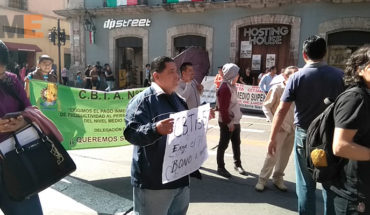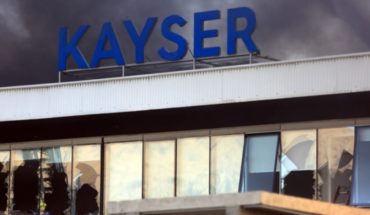The macroeconomic management of the last two years has undoubtedly been one of the most complex in recent times. If one were to look in perspective at what has happened since 2020 to date, three marked stages would probably be distinguished: a dramatic contraction at the beginning of 2020, a historic rebound towards 2021 and, finally, the arrival of inflation. The bad news is that for this year, hand in hand with inflation, it is expected that we will see how different economies in the world begin to land from their high – and unsustainable – levels of growth. External factors such as Russia’s invasion of Ukraine further intensify inflationary pressures, and just wondering about the duration and intensity of the conflict makes us think how transient current inflation really is. The slowdown in growth and greater inflationary pressures – stagflation – will undoubtedly mark the agenda this 2022.
In economics it is common to say that stagflation would represent “the worst of both worlds”. And when two adverse phenomena such as inflation and deceleration appear together, fighting them in parallel is not easy. Indeed, when only one of them is present, a slowdown for example, the common combat measure is to lower rates on the monetary policy side and/or stimulate spending on the fiscal policy side. With these two elements, it is sought that the economy returns to its path of potential growth and avoid the ravages caused by the cycle. In fact, that is exactly what was done during much of 2020 and 2021 as a response to the contraction produced by pandemic shocks: between April 2020 and June 2021 the monetary policy rate remained at 0.5%, and excess liquidity – caused by the large cocktail of withdrawals and fiscal aid – resulted in a historic rebound in the Chilean economy. However, when the contraction of the economy is accompanied by inflation – what is known as stagflation – these policies become a double-edged sword: this greater dynamism induced by monetary and fiscal policy further increases the inflationary scenario. On the contrary, opting for an aggressive rate hike to contain inflation threatens to slow the necessary growth. That is, what helps on the one hand, deepens the problem on the other. This is why the label of the “worst of both worlds”: stagflation forces us to act in the midst of a delicate crossroads between fiscal policy and monetary policy. Headache for central banks and governments.
Thus, the incoming government – and hand in hand with the Central Bank – faces a complex welcome scenario: contain inflation and, at the same time, stimulate levels of growth, employment and investment sustainable for the long term. Of course, putting cold cloths to the titanic level of public spending seen in 2021 and sticking to the budget approved for this year would represent a good first step. There’s no such thing as a free lunch: the cost of overheating consumption in 2021 is the inflation with which we received this 2022. Then, helping to narrow down the idiosyncratic factors of uncertainty – such as doubts about the quality of Chile’s future institutional fabric – will help something more. Finally, containing spending expectations according to the margins of fiscal policy and emphasizing the graduality and pragmatism in the implementation of reforms, would end up giving simple but powerful signs of a focus on post-pandemic economic recovery.
It should not be forgotten that in complex scenarios simplistic answers usually acquire a certain appeal. However, when the cost of simplism involves mortgaging long-term economic possibilities, it does not seem to be an entirely reasonable alternative.
The content expressed in this opinion column is the sole responsibility of its author, and does not necessarily reflect the editorial line or position of El Mostrador.





